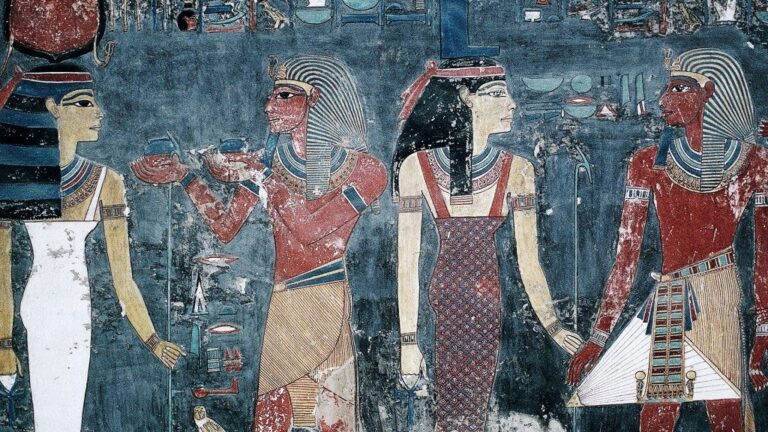Around 450 BC, the Athenian general Pericles attempted to consolidate his power by using public money, dues paid to Athens by its allies in the Delian League coalition, to support artists and thinkers in the city-state . Above all, Pericles paid craftsmen to build temples and other public buildings in the city of Athens. He believed that in this way he could gain the support of the Athenian people by doling out lots of construction work while building public monuments so grandiose that people would come from all over to see them, thus increasing Athens’ prestige as well as the his.
Classical Greek architecture
The most remarkable result of Pericles’ public works campaign was the magnificent Parthenon, a temple in honor of the city’s patron goddess, Athena. The architects Iktinos and Kallikrates as well as the sculptor Phidias began work on the temple in the middle of the 5th century BC. The Parthenon was built at the top of the Acropolisa natural pedestal made of rock which was the site of Athens’ first settlements, and Pericles invited others to build there as well: in 437 BC, for example, the architect Mnesikles began constructing a large gate known as the Propylaea at its western end, and by the end of the century, craftsmen added a smaller temple for the greek goddess Athena – this one in honor of her role as the goddess of victory, Athena Nike – as well as one for Athena and Erechtheus, an Athenian king. The Parthenon nevertheless remains the main attraction of the site.
Did you know? Many of the Parthenon sculptures are on display at the British Museum in London. They are known as the Elgin Marbles.
10 Greatest Treasure Discoveries
Architecture of Greek temples
With its rectangular stone platform, front and rear porches (the pronaos and opisthodomos), and rows of columns, the Parthenon was a striking example of Greek temple architecture. Typically, people in ancient Greece did not worship inside their temples like we do today. Instead, the interior room (the naos or cella) was relatively small, simply housing a statue of the deity for whom the temple was built. Worshipers gathered outside and only entered to bring offerings to the statue.
The temples of Classical Greece all shared the same general shape: rows of columns supporting a horizontal entablature (a kind of decorative molding) and a triangular roof. At each end of the roof, above the entablature, was a triangular space known as the pediment, into which sculptors inserted elaborate scenes. On the Parthenon, for example, the pediment sculptures show the birth of Athena at one end and a battle between Athena and Poseidon at the other.
So that people standing on the ground could see them, these pedimented sculptures were usually painted in bright colors and set against a solid blue or red background. This paint has faded over time; as a result, the rooms of classical temples that survive today appear to be made only of white marble.
Proportion and perspective
Classical Greek architects developed many sophisticated techniques to give their buildings a perfectly uniform appearance. They designed horizontal plans with a very slight U shape at the top and larger columns in the middle than at the ends. Without these innovations, buildings would appear sagging; with them, they looked impeccable and majestic.
Ancient Greek sculpture
Few classical statues or sculptures survive today. Stone statues broke easily and metal ones were often melted down for reuse. However, we do know that Greek sculptors such as Phidias and Polycleitos in the 5th century and Praxiteles, Skopas and Lysippus in the 4th century understood how to apply the rules of anatomy and perspective to the human form just as their counterparts applied them to buildings. . Previously, statues of people looked awkward and fake, but in the classical era they looked natural, almost at ease. They even had realistic facial expressions.
One of the most famous Greek sculptures is the Venus of Milocarved in 100 BC during the Hellenistic age by the little known Alexandros of Antioch. It was discovered in 1820 on the island of Melos.
Ancient Greek pottery
Classical Greek pottery was perhaps the most utilitarian art form of the time. People gave small terracotta figurines as gifts to gods and goddesses, buried them with the dead, and gave them to their children as toys. They also used clay pots, jars, and vessels for almost everything. These were painted with religious or mythological scenes which, like the statues of the time, became more sophisticated and realistic over time.
Much of our knowledge of classical Greek art comes from stone and clay objects that have survived for thousands of years. However, we can infer that the themes we see in these works – the emphasis on pattern and order, perspective and proportion and the man himself – also appeared in less enduring creations such as ancient Greek paintings and drawings.


